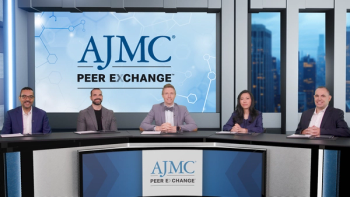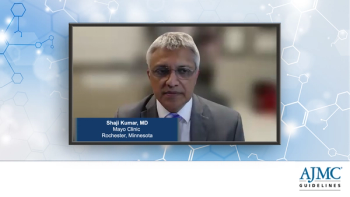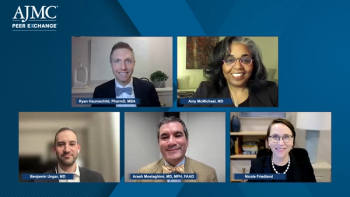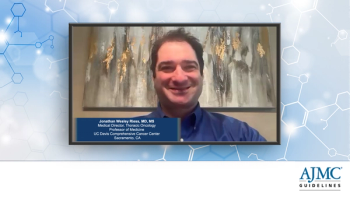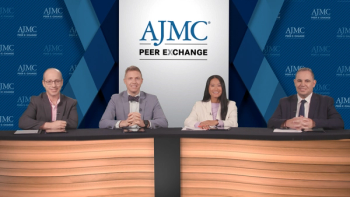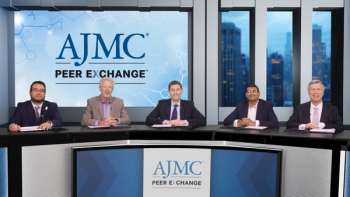
Experts highlight that applying value-based payment models to atrial fibrillation care requires flexible, team-based approaches focused on reducing hospitalizations, repeat procedures, and stroke, with cardiology groups—supported by pharmacists managing complex therapies—best positioned to deliver comprehensive, quality-driven care that addresses both AFib and its cardiometabolic comorbidities.

